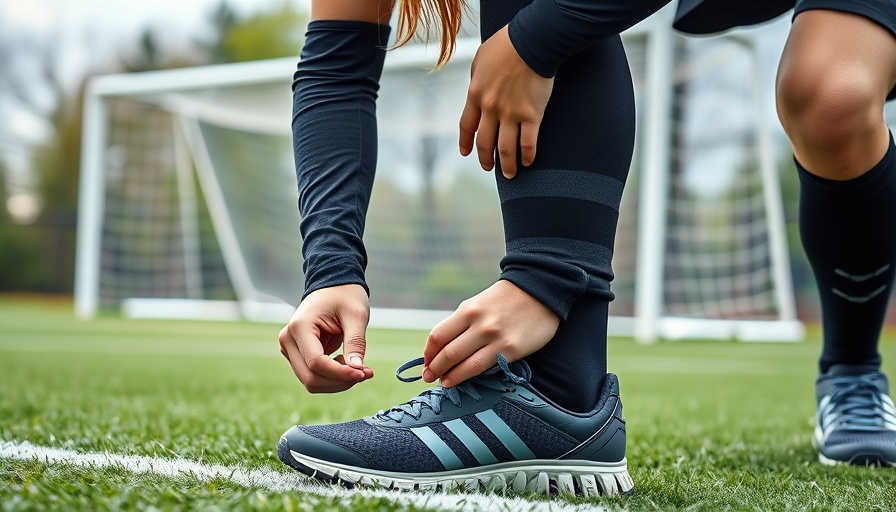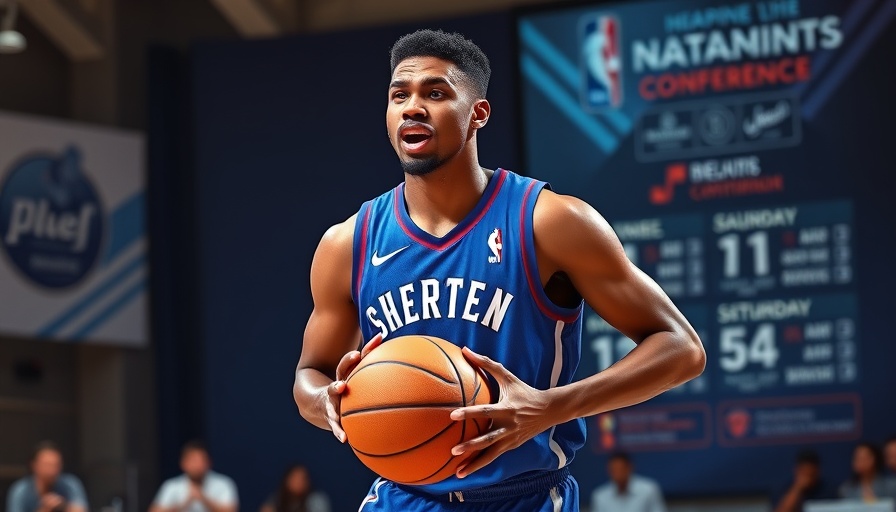
Understanding the Rise of Sports Injuries Among Children
In recent years, the alarming increase in sports injuries among children has grabbed the attention of health professionals and parents alike. Experts, includingMr. Daniel Reed, a consultant pediatric orthopaedic surgeon, emphasize that this trend results from multifaceted factors, particularly the pressure to specialize in one sport from an early age.
Impact of Early Specialization on Young Athletes
Children are increasingly encouraged to focus on a single sport, which can hinder their physical development. Reed points out that this early specialization can lead to repetitive stress injuries in their still-developing musculoskeletal system. As children excel early on, the demand for higher training intensity and competition can easily outweigh their body’s capacity to recover. Educating parents and coaches about the potential risks of overtraining is crucial.
The Role of Recovery in Injury Prevention
To ensure long-term athletic health, recovery must be prioritized. Engaging in preventative martial arts drills, which emphasize flexibility and injury prevention, can foster sound physical practices. Techniques such as rest days, cross-training, and proper warm-ups are critical components that should be part of any young athlete's routine, thereby aligning with their body’s natural growth patterns.
Common Injuries in Young Athletes
Specific injuries to the growth plates are common in young athletes and can often be misdiagnosed as mild sprains. Reed warns that overlooking these injuries can lead to long-term consequences if not treated properly. As children age, common overuse injuries can develop, especially at the knee or elbow joints, necessitating close monitoring.
Proactive Steps for Parents and Coaches
To combat the rising trend of sports injuries, parents and coaching staff must adopt proactive measures. Incorporating injury mitigation techniques during training sessions—a key component in martial arts—can greatly enhance safety and durability. These may include breaking down complex moves into simpler drills that allow for greater understanding and execution without undue stress on the body.
The Importance of Diverse Movement Patterns
Encouraging children to engage in multiple sports instead of specializing too early is vital for promoting a balanced physical development. This diversity helps in developing a range of movement patterns, thereby reducing stress on specific joints and tissues. Teaching kids the importance of combat training safety routines fosters their overall athletic foundation.
Recent Findings on Injury Rates
Recent studies highlight a significant increase in youth sports injuries over the past decade. With increased access to sports and heightened competitive environments, children are training harder and more frequently than ever. Sports injury risk assessments can help families understand and implement better safety practices. These assessments guide parents and coaches in recognizing early signs of injury and the need for preventive care.
Encouraging an Athlete’s Wellness Mindset
Promoting a focus on wellness among young athletes is essential. Reinforcing the idea that long-term health matters more than immediate performance will not only help in preventing injuries but also ensure children enjoy sports throughout their lives. Engaging them in discussions about injury awareness training can create a culture of safety.
Conclusion: A Call for Awareness and Action
As the trend of rising sports injuries continues, it becomes imperative for parents, coaches, and communities to prioritize injury prevention protocols. By engaging in comprehensive wellness strategies, including physical training injury control and proper recovery routines, we can ensure a safer environment for young athletes. Every precaution taken today can lead to healthier, happier, and more resilient athletes tomorrow. If you’re involved in youth sports, consider implementing comprehensive injury prevention education and workshops that actively involve both athletes and parents.
 Add Row
Add Row  Add
Add 




Write A Comment